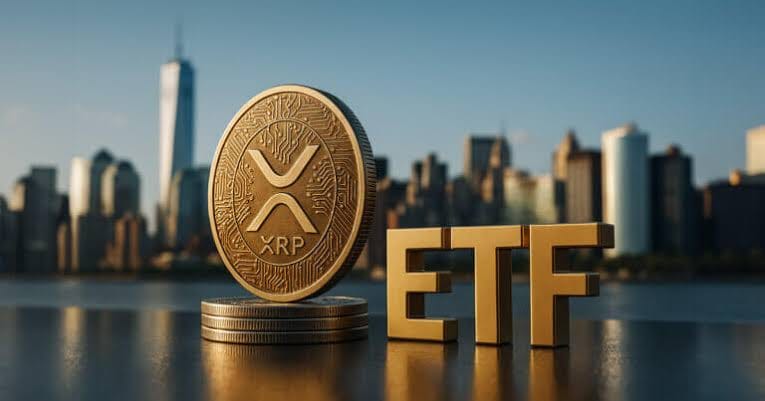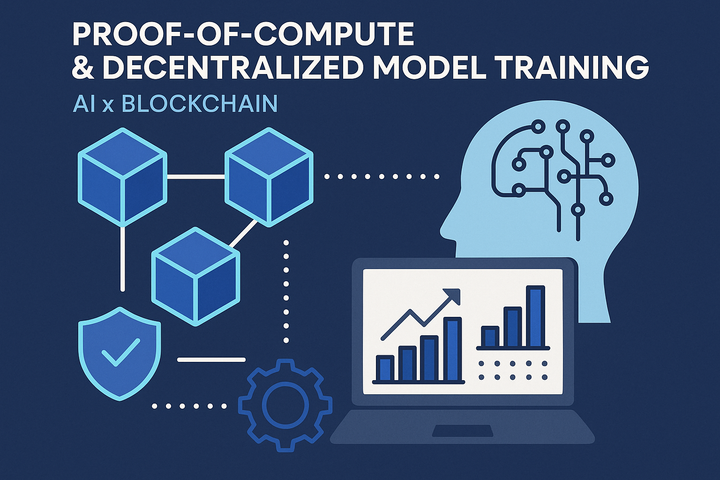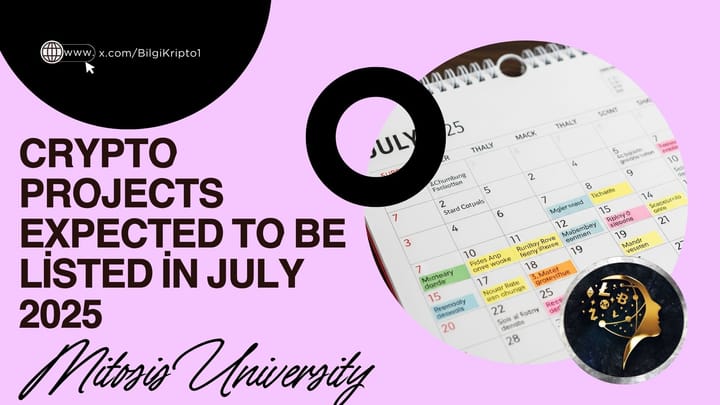Ripple’s ETF Speculation: Countdown to the June 16 Ruling

Introduction
The crypto world is once again bracing for a landmark decision — this time, it centers on Ripple Labs and the potential green light for an XRP Exchange-Traded Fund (ETF). With a June 16 court ruling looming, speculation is mounting not just around the future of XRP, but the broader implications for crypto regulation and financial innovation. Could XRP follow in the footsteps of Bitcoin and Ethereum with an ETF? And what might that mean for the decentralized finance (DeFi) ecosystem, including protocols like Mitosis?
This article dives into the unfolding courtroom drama, the market’s pulse on XRP, and how a favorable decision could reshape the crypto ETF landscape. Along the way, we’ll explore the importance of liquidity access, legal clarity, and potential ripple effects on DeFi protocols that thrive on interoperability and cross-chain assets.
Legal Background: Ripple’s Long Road with the SEC
Ripple’s battle with the U.S. Securities and Exchange Commission (SEC) began in December 2020, when the agency alleged that XRP constituted an unregistered security. The case became a defining moment for regulatory clarity in crypto markets and has had far-reaching consequences for digital asset classification.
The June 16 decision is expected to settle critical questions:
- Is XRP a commodity or security?
- Can it be included in institutional-grade financial products like ETFs?
- How might the decision affect other tokens with similar use cases?
The ruling comes at a time when token standards and regulatory frameworks are under global scrutiny — making the outcome of this case a potential precedent setter.
Market Reactions and the XRP ETF Hype
As ETF speculation grows, XRP has experienced notable price volatility. In the weeks leading up to the decision, XRP saw a 12% surge, reflecting investor optimism. This mirrors past behavior observed during key SEC moments — such as the approval of Bitcoin and Ethereum ETFs — which resulted in double-digit gains across the board.
An XRP ETF, if approved, would not just be a win for Ripple; it would also unlock new forms of institutional liquidity for the crypto market. This is particularly relevant for DeFi ecosystems like Mitosis Core that rely on seamless cross-chain interoperability and trustless liquidity bridges.
Why an XRP ETF Matters for Mitosis and DeFi
A Ripple ETF could serve as a signal of regulatory acceptance and open the door to new use cases within decentralized environments. For instance:
- Greater Liquidity: Institutional inflows from ETF markets can increase asset liquidity across DeFi protocols.
- Expanded Onboarding: ETFs make crypto assets more accessible, attracting users who may later explore cross-chain protocols like Mitosis.
- Regulatory Precedent: If XRP is deemed not a security, this could provide clarity for similarly structured tokens integrated into DeFi systems.
Moreover, such a move could stimulate broader adoption of token bridges and drive interest in interoperable networks, a foundational pillar of Mitosis's infrastructure.
Conclusion: Eyes on June 16 and Beyond
The countdown to the June 16 Ripple ruling is more than just courtroom drama — it's a bellwether for crypto legitimacy in traditional finance. If XRP secures an ETF listing, the implications for market dynamics, token classification, and DeFi adoption could be seismic. For ecosystems like Mitosis, the potential boost in cross-chain liquidity and regulatory confidence could accelerate both innovation and integration.
As we approach the decision, the DeFi community should watch closely — not just for XRP’s fate, but for the evolving relationship between institutional finance and blockchain-native solutions.
Want to dive deeper into Mitosis’s role in the decentralized future? Check out our article on liquidity strategies and explore how protocols like Mitosis are built to thrive in a multi-chain environment.



Comments ()